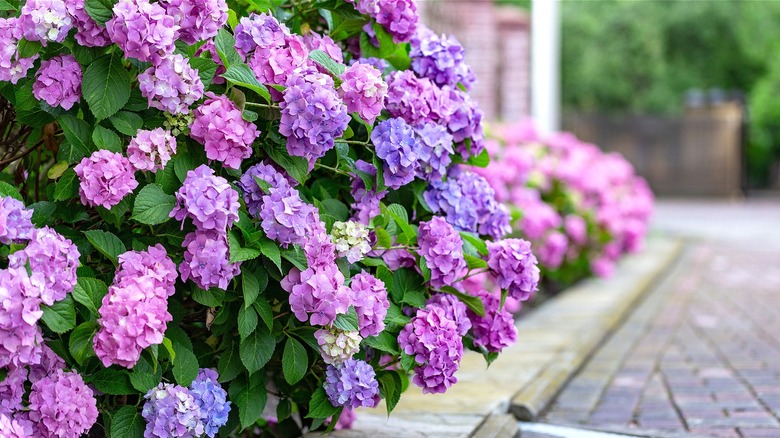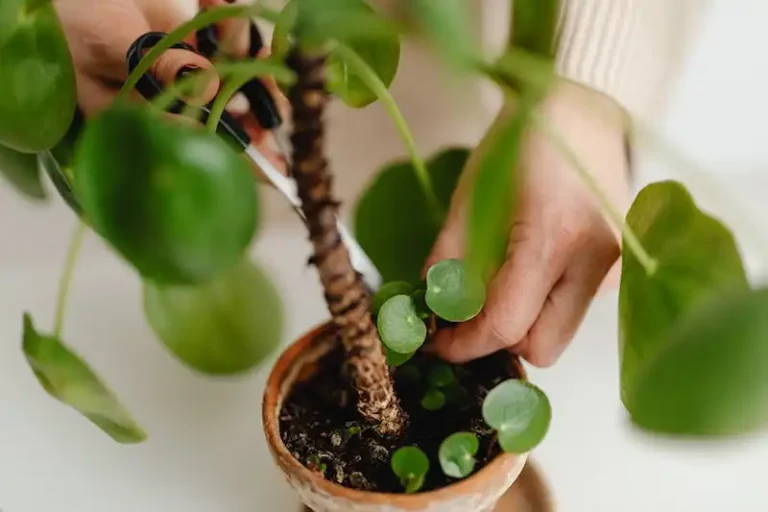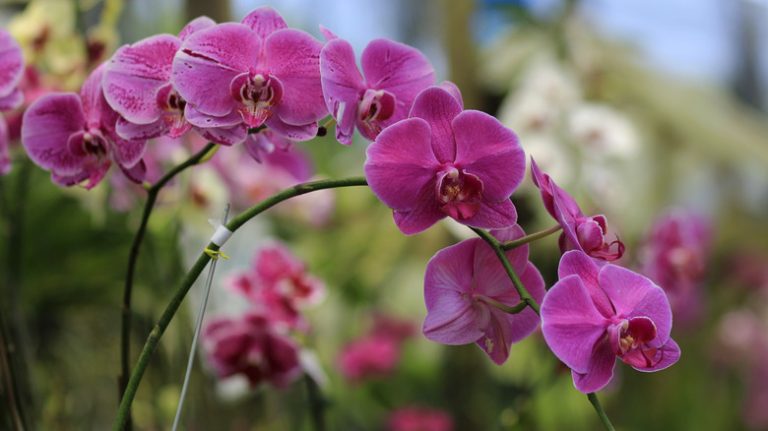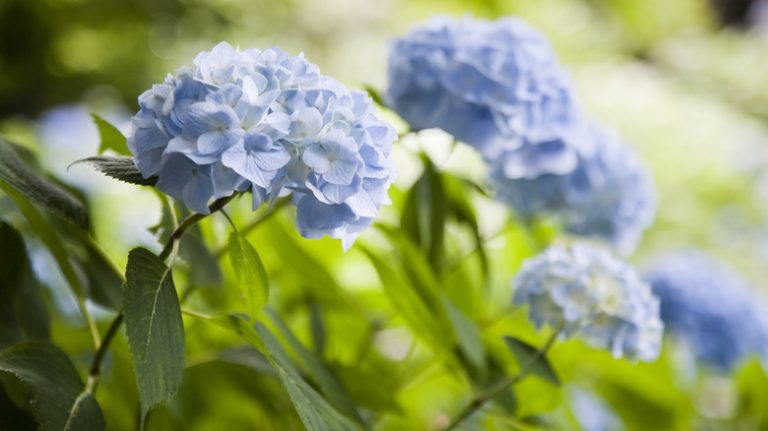Hydrangeas, a regular in ornamental gardens, know how to make a statement with their large flower heads’ dazzling technicolor spectacle. They are not fussy about their living conditions either. Provide one with a setting that favors partial to full sun and a generous serving of moist, well-drained soil (ideally a takeout order from a pH menu as wide as the Earth’s landscape), and you’ll be all set to enjoy a grand display of blooms in spring and summer. But even divas of the plant world can fall prey to a gardening problem or two. Enter orange hydrangea leaves that could easily spark envy in a pumpkin patch. Yes, those orange spots on the underside of the leaves, complemented by a yellowish top, go deeper than just a garden fashion faux pas. You are witnessing the classic case of hydrangea rust, a party animal far too notorious for your garden’s good.
The silver lining is that solving this pesky gardening problem will not be tougher than finding that lone sock that vanishes in the laundry. The obvious line of defense against hydrangea rust is to eliminate those infected leaves. And as with most things in life, prevention is key. In this case, applicable measures include proper spacing to ensure good air circulation, avoiding overhead watering, and opting for drip irrigation. Remember, a “fresh and dry” constitution goes a long way in keeping your hydrangea leaves green, glossy, and free from any orange-hued embarrassment.
Demystifying the culprit behind orange hydrangea leaves
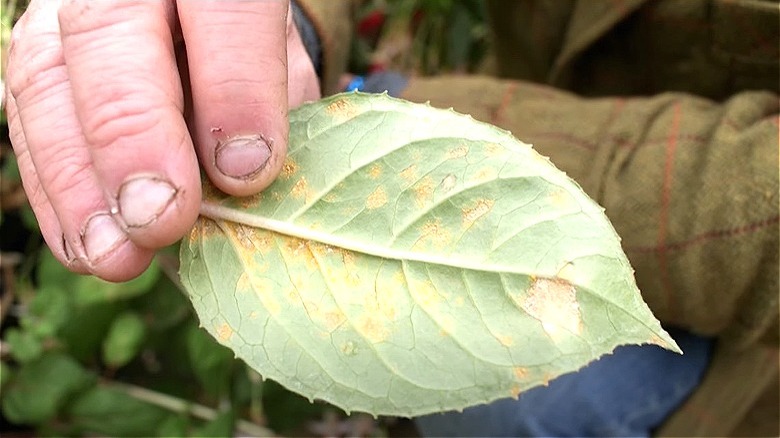
YouTube
Hydrangea rust, a tag-team operation run by the infamous Pucciniastrum hydrangeae, is no stranger to smooth hydrangea (Hydrangea arborescens), with their luscious leaves forming the perfect dance floor for the fungal festivities. Your unassuming hydrangea starts flaunting yellow polka dots on the upper side of its leaves and hosts a disco party underneath, with brown and orange pustules lighting up the surface. Before you know it, the once-green leaves die and fall off in a botanic rendition of “Romeo and Juliet.”
Pucciniastrum hydrangeae is quite the socialite, gravitating toward warm and humid spots, enjoying airborne trips and rainy droplet rides from leaf to leaf. And spreading infections quicker than rumors in a garden gnome gossip circle. Interestingly, hydrangea rust is anything but a monogamous relationship. The fungus loves spicing things up and requires a willing collaborator to complete its life cycle. It hops from one to the other, making it an artful dodger, difficult to eliminate, especially when an off-stage plant stealthily casts infectious spores onto your hydrangeas.
While specific times of the year may not be explicitly mentioned, it’s reasonable to assume that factors such as warm and humid weather, overhead watering, and overcrowded planting where airflow is limited can ring the dinner bell for the uninvited fungus, setting the stage for orange hydrangea leaves. Vigilance remains key in thwarting the party-crashing fungi from turning your backyard bliss into plant pandemonium.
How to fix orange hydrangea leaves
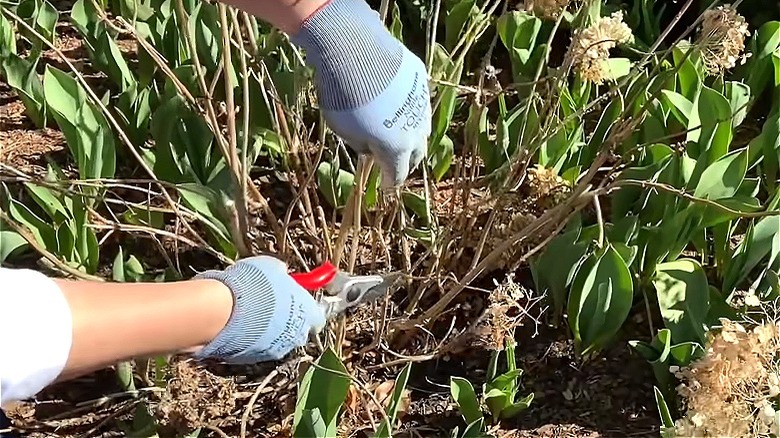
YouTube
Managing hydrangea rust primarily involves treating the existing infection and preventing future occurrences. While no Olympic sport has introduced “infected leaf removal” as a competitive discipline, it’s an essential first step. Deprive the spores of their woeful playground by removing any infected leaves (be it from the plant or scattered on the ground) and dispose of them carefully. Then, continue the oppression of hydrangea rust by promoting refreshing air currents. It’s a matter of using shears to thin out the hydrangeas. But beware that fungal spores may lurk upon your unsuspecting tools. So, remember to disinfect those trusty pruning shears pre- and post-snippings to prevent the spore conspiracy from spreading further.
Even the most valiant resistance movement requires protective measures, and that’s where fungicides come in. While they lean more toward prevention than cure, the right kind will be your plant’s loyal protector. In this case, rally a fungicide brandishing chlorothalonil, thiophanate-methyl, or mancozeb. Consider a strategic watering campaign to ensure only the roots of your hydrangeas are drenched while their leaves remain a dry haven. The zenith of watering warfare involves swapping overhead sprinklers for its wily comrade, drip irrigation. A hose can work, too, but target the base and leave the hydrangea leaves unmoistened. Planting smooth hydrangeas near hemlock or where they previously grew is a recipe for fungal calamity. So, play matchmaker with finesse by dividing and conquering, for “hydrangea and hemlock apart shall thrive.”

